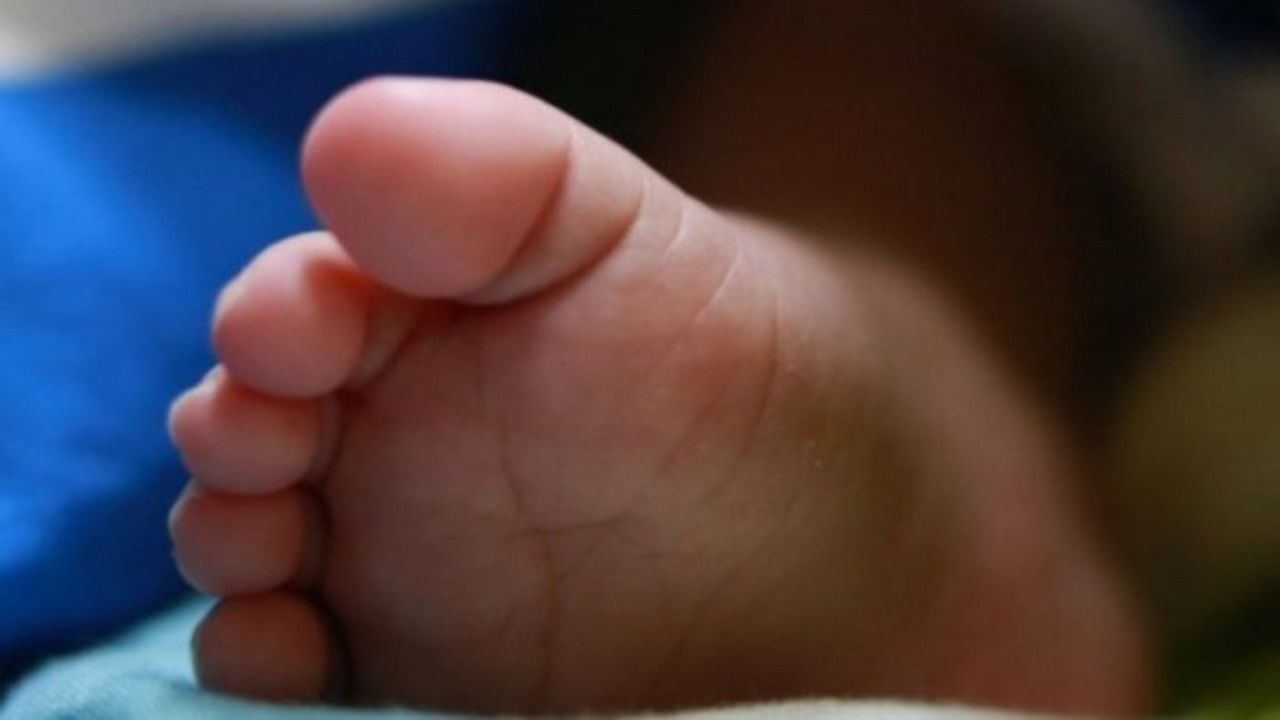
Despite the decline in infant mortality rate over the past few decades, one in every 36 infants still dies within the first year of their life in India, according to official data.
The Infant Mortality Rate (IMR), which is widely accepted as a crude indicator of the overall health scenario of a country or a region, is defined as the infant deaths (less than one year) per thousand live births in a given time period and for a given region.
According to the new data released by the Registrar General of India, the present level of IMR (28 infant deaths per thousand live births, for the year 2020) is less than one-fourth as compared to 1971 (129 infant deaths per thousand live births).
In the last 10 years, the IMR has witnessed a decline of about 36 per cent and the IMR at the all-India level has declined from 44 to 28 in the last decade.
"The corresponding decline in rural areas is 48 to 31, and for urban areas it is from 29 to 19, thereby exhibiting about 35 per cent and 34 per cent decadal decline respectively," it said.
However, the bulletin said that "despite the decline in the IMR over the last decades, one in every 36 infants die within first year of their life at the national level (irrespective of rural-urban)".
In 2020, the maximum IMR has been reported for Madhya Pradesh (43) and the minimum for Mizoram (3).
The birth rate at the all-India level has declined drastically over the last five decades from 36.9 in 1971 to 19.5 in 2020, it said.
The rural-urban differential has also narrowed over these years. However, the birth rate has continued to be higher in rural areas compared to urban areas in the last five decades.
Birth rate has declined by about 11 per cent in the last decade, from 21.8 in 2011 to 19.5 in 2020. The corresponding decline in rural areas is 23.3 to 21.1 (about 9 per cent decline), and for urban areas it is from 17.6 to 16.1 (about 9 per cent decline).
Birth Rate is a crude measure of fertility of a population and is a crucial determinant of population growth. It gives the number of live births per thousand population in a given region and year.